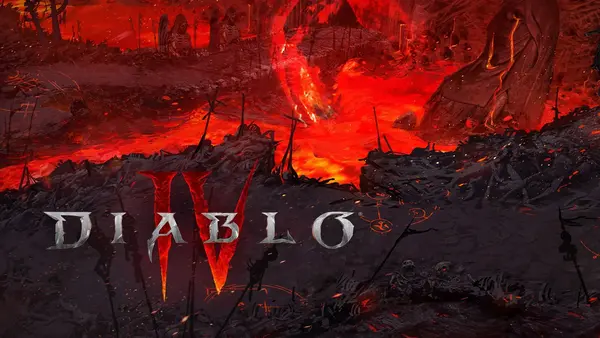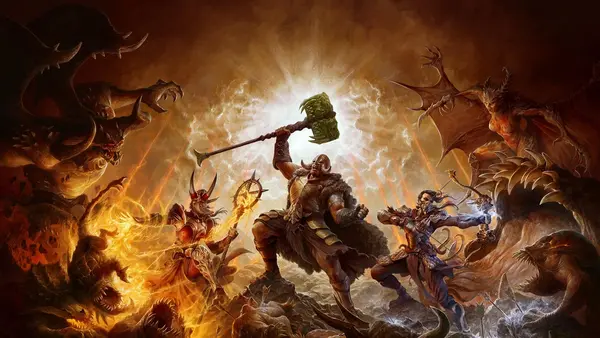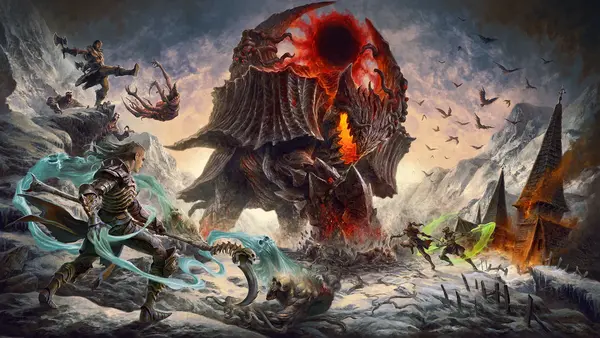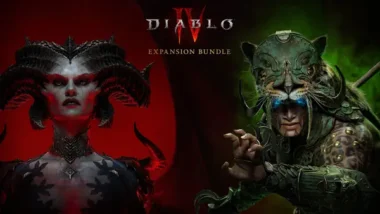Introduction
Diablo IV, the latest installment in Blizzard’s legendary action RPG series, has captivated players with its dark visuals, immersive gameplay, and intricate world design. However, a contentious issue lies at the heart of its progression system. While the game offers an extensive skill tree, leveling mechanics, and loot system, many players have expressed concerns about the grind-heavy nature of progression and limited endgame incentives. This article will delve into the causes and implications of these issues, along with suggestions for improving the system.

The Foundations of Progression in Diablo IV
Core Elements of the System
The progression system in Diablo IV is built around three main pillars: leveling up characters, acquiring loot, and customizing skills.
What Makes Progression Challenging?
Players have highlighted a steep curve in progression that becomes especially noticeable in the endgame, where gaining experience slows significantly.
The Grind in Leveling
Levels 1-50: A Satisfying Journey
Early levels in Diablo IV feel rewarding, with frequent skill unlocks and a steady flow of loot keeping players engaged.
Levels 50-100: The Endless Grind
The experience requirements for each level post-50 increase dramatically, making the climb to max level an arduous and often frustrating task.
Skill Trees and Customization Challenges
Lack of Meaningful Choices
While the skill tree offers a variety of options, many players feel that certain builds far outperform others, limiting viable choices.
Respec Costs
The high cost of respeccing discourages experimentation, forcing players to stick with their initial choices even if they become suboptimal.
Loot System: RNG Dependency
Legendary and Unique Drops
Loot in Diablo IV is heavily reliant on random number generation (RNG), making the acquisition of desired items feel inconsistent and frustrating.
Trade Restrictions
Many powerful items are untradeable, reducing opportunities for collaboration within the community and further limiting progression paths.

Endgame Content and Its Limitations
Nightmare Dungeons
While Nightmare Dungeons are a core part of the endgame, their repetitive design often leads to burnout among players.
World Bosses and Events
World Bosses provide excitement but are on long timers, leaving players with limited endgame options in between these events.
Community Reactions to the Progression System
Player Frustration
Forums and social media are rife with complaints about the tedious grind and lack of meaningful rewards in the endgame.
Feedback from Streamers and Experts
Many prominent streamers and Diablo veterans have called for a rework of the progression curve to make the game more accessible and enjoyable.
Comparisons with Previous Diablo Titles
Diablo III’s Paragon System
The Paragon system in Diablo III allowed for infinite progression, providing players with long-term goals without the sharp curve seen in Diablo IV.
Diablo II’s Balance of Grind and Reward
Diablo II struck a balance by offering rare but impactful loot and engaging content, keeping players motivated despite the grind.
The Impact on Player Retention
Casual vs. Hardcore Players
Casual players often struggle to stay engaged due to the high time investment required, while even hardcore players express concerns about the diminishing returns of grinding.
Drop in Player Base
A noticeable decline in active players post-launch has been partially attributed to the dissatisfaction with the progression system.
Proposed Solutions for a Better Progression System
Adjusting the Leveling Curve
- Smooth out the experience curve to reduce the grind in higher levels.
- Introduce milestone rewards at key levels to keep players motivated.
Skill Tree Improvements
- Lower respec costs to encourage experimentation.
- Add more balanced build options to diversify viable playstyles.
Loot System Rework
- Increase the drop rates of targeted items through focused farming mechanics.
- Allow trading of powerful items to foster a more interactive player economy.
Endgame Enhancements
- Introduce more varied and dynamic endgame activities.
- Reduce the timer restrictions on World Bosses and other limited events.
The Future of Diablo IV’s Progression System
Blizzard’s Response
Blizzard has acknowledged player feedback and committed to improving the endgame experience in future patches and expansions.
What Players Expect
The community hopes for changes that reward skill and time investment without feeling overly grind-heavy or RNG-dependent.

Conclusion
The progression system in Diablo IV is both a strength and a weakness. While it offers depth and complexity, the grind and RNG-heavy mechanics deter many players from fully enjoying the endgame. Blizzard’s ability to address these issues will determine whether Diablo IV can maintain its player base and solidify its position as a modern ARPG classic.


